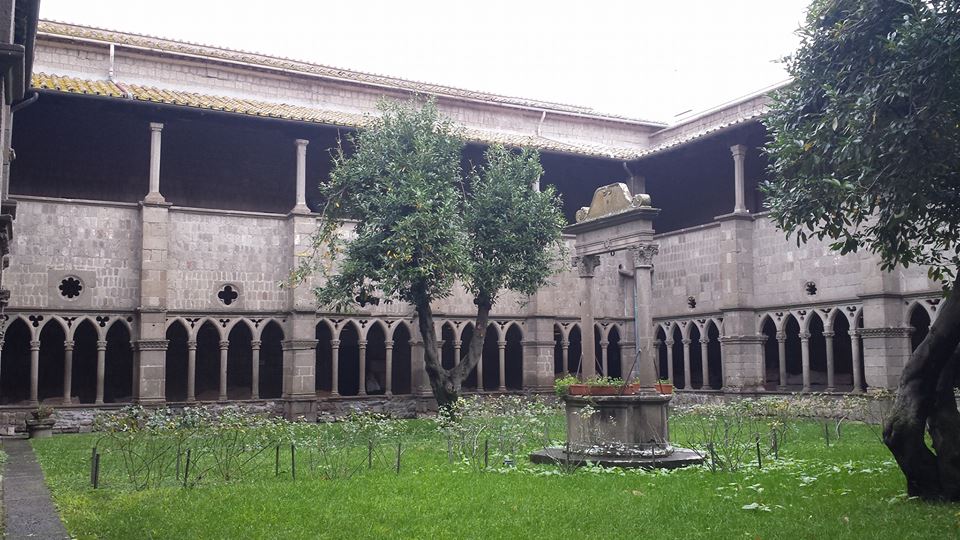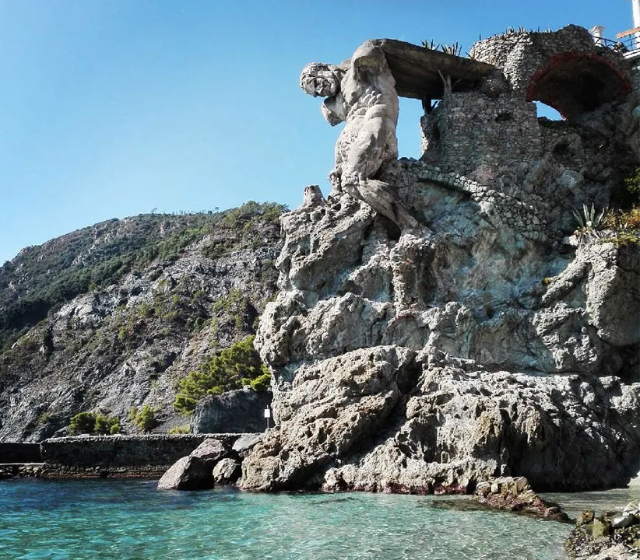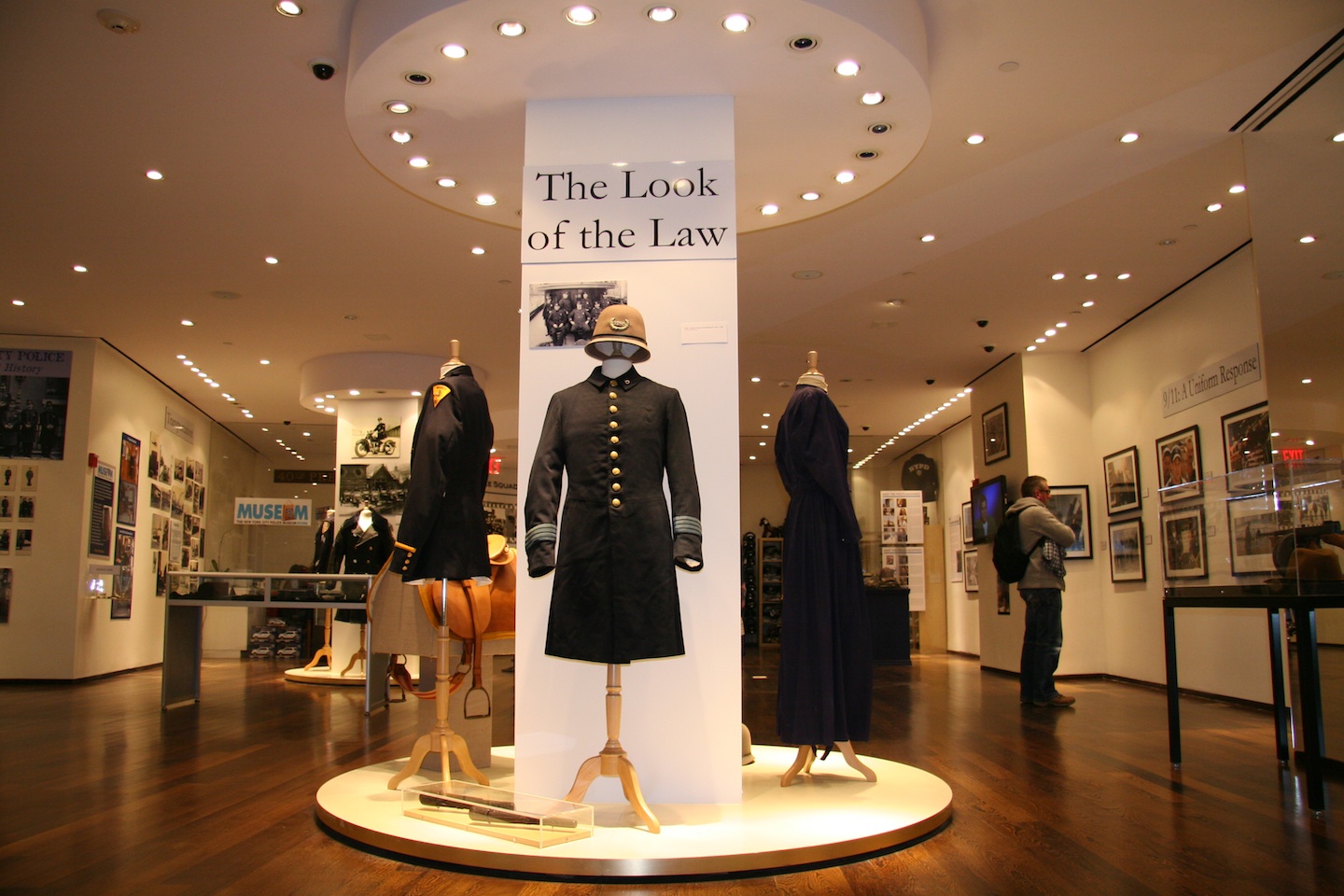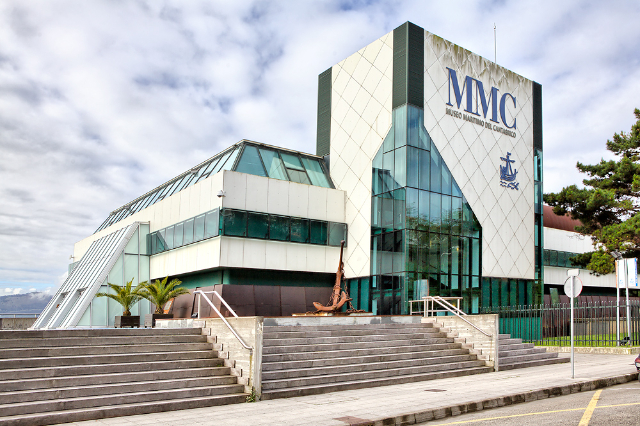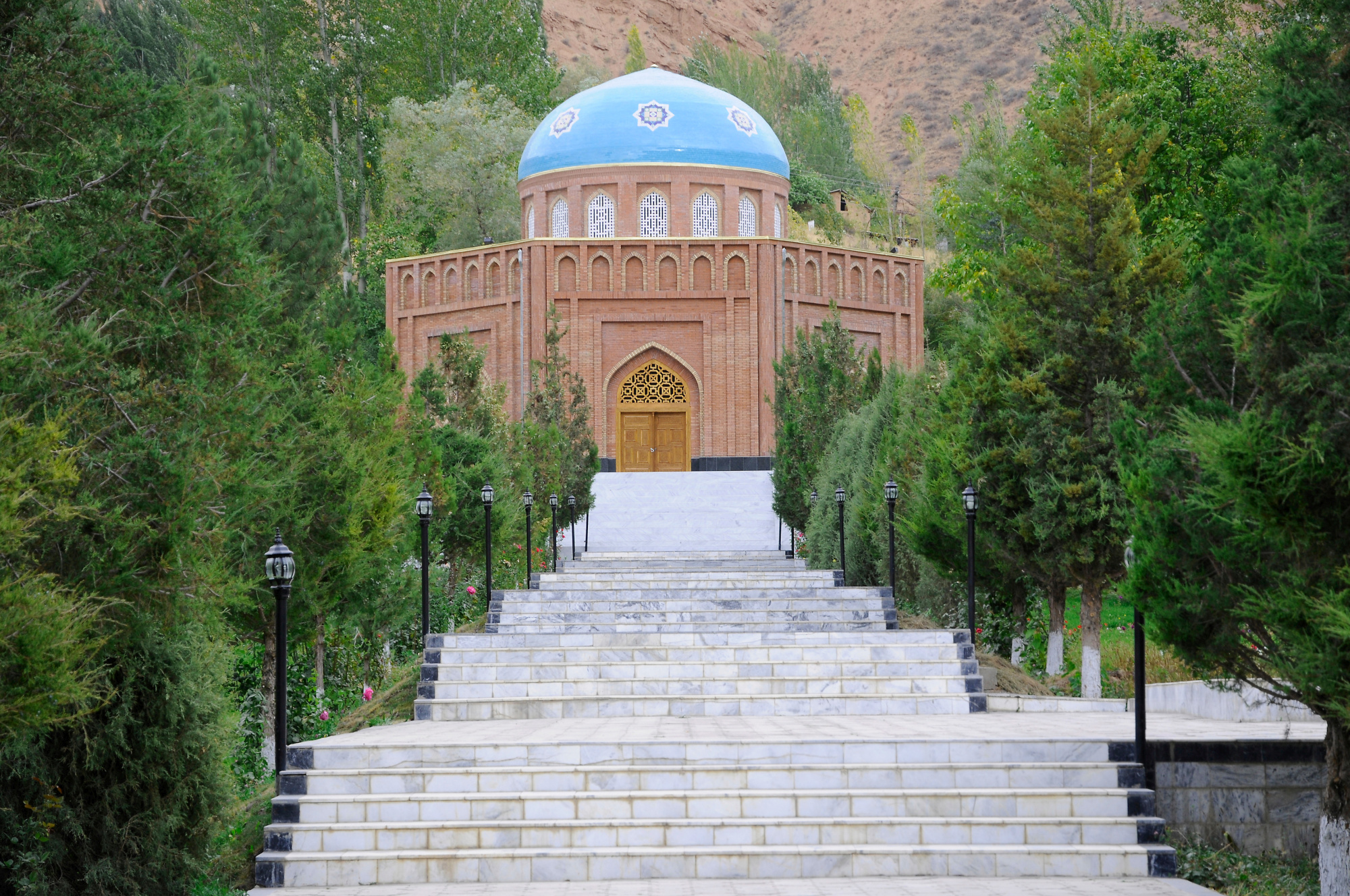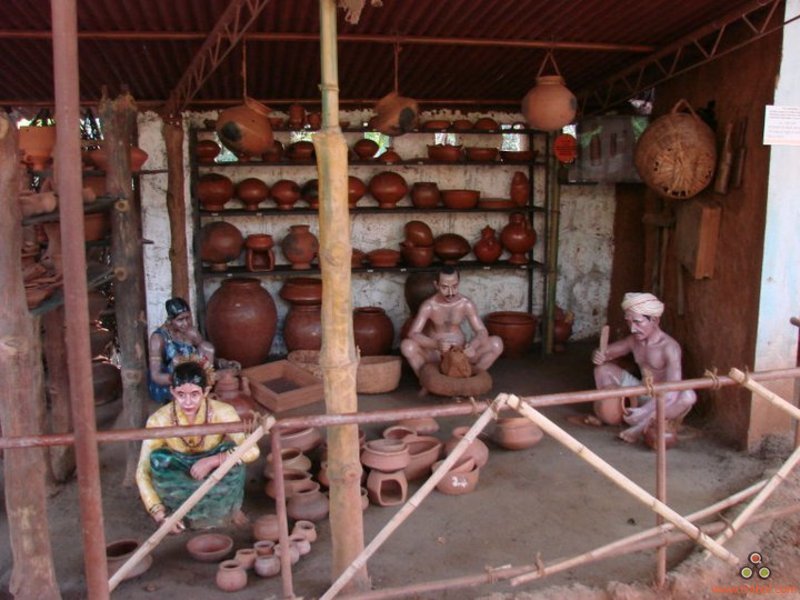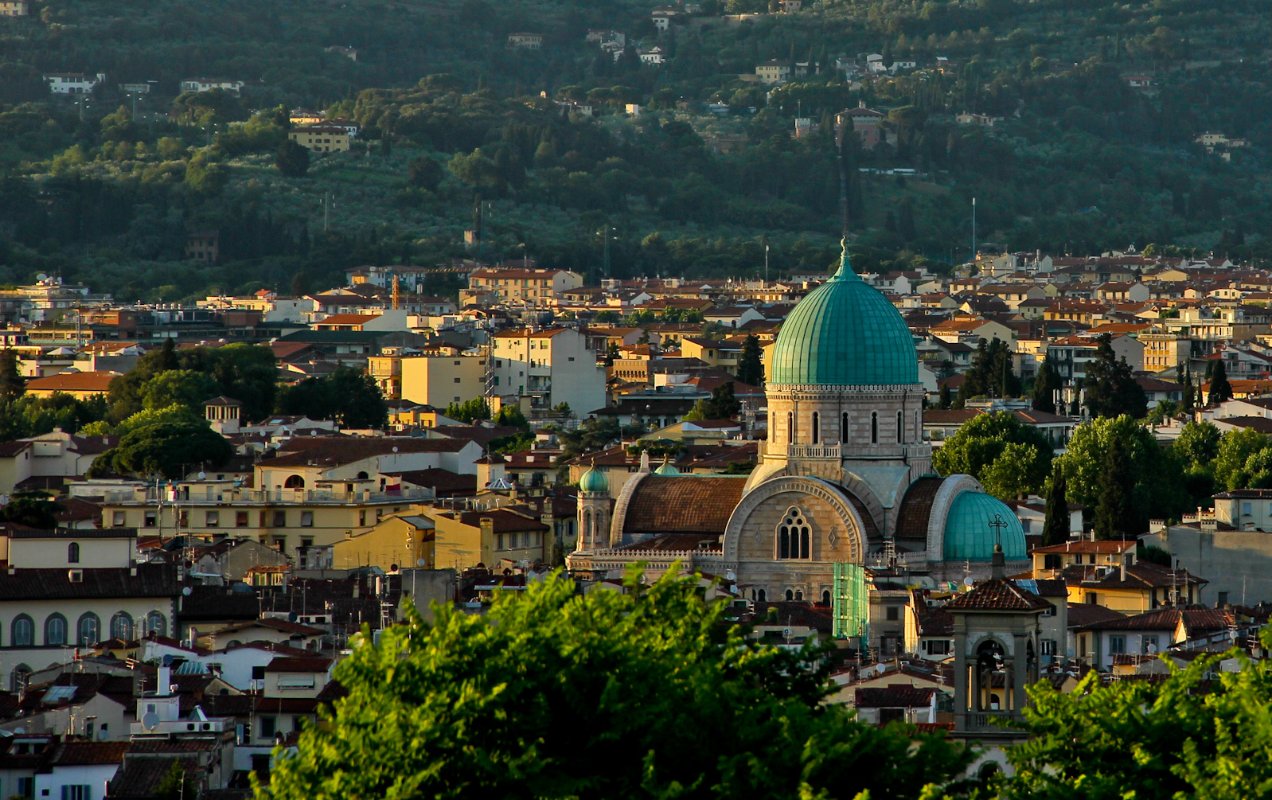In the heart of the city, located just outside the city walls and near the Porta della Verità, there is a museum worth visiting. Like a treasure chest that holds precious treasures, the civic museum of Viterbo collects works of art and finds of great value. Overall, the museum, as you can admire it today, is the result of the union of different collections. Over the years, in fact, new historical finds have been added to the rich heritage of the civic museum of Viterbo.
To welcome visitors the museum presents a collection of works ranging from pharmacy ceramics of the seventeenth and eighteenth centuries to collections of numismatics, from seventeenth-century sketches of the lost painting cycle of the church of Santa Rosa to paintings by Viterbo painters of the period between 400 and 800, from ancient and medieval inscriptions to valuable Renaissance sculptures. Finally, two paintings by Sebastiano del Piombo deserve a special mention: the Pietà and the Flagellation of Christ. There is also the sarcophagus of the Bella Galiana, originally placed on the façade of the church of Sant’Angelo in Spatha.
The museum is housed in the cloister and in the premises of the convent of the Santa Maria della Verità complex; a structure founded in the 12th century and then renovated over the years.
The route, presented by the Civic Museum to visitors, is a journey through history, room after room you get into the heart of events that have marked the various stages of development of humanity.
The visit starts from the cloister which, in addition to the beauty of the place, has been enriched by a precious collection of archaeological finds from the territory of Viterbo. A leap back in time, between the 8th century B.C. and the 3rd century A.D., through Etruscan and Roman civilization. To attract the visitor’s attention sarcophagi of various sizes, funerary stones and fragments of slabs (mostly from Ferento).
The visit continues, then, on the first floor where is exposed the historical-artistic section formed after the Unification of Italy. Important is the presence of medieval paintings and sculptures and works of Modern Age.
Finally, the second floor is dedicated to minor arts and historical memories; interesting are the exhibitions of a 16th century papal treasure and a set of 18th century pharmacy ceramics from the Ospedale Grande degli Infermi.
The Museum has distant origins. Initially, since its inauguration in 1912, it was housed inside the church itself. The history of the museum is closely linked to that of the monastery. The whole complex is, in turn, connected to the events that have touched the church. According to popular tradition, around the middle of the 15th century, a miracle took place. Three children said they saw the Madonna and, unbelieved, shouted And the truth.
